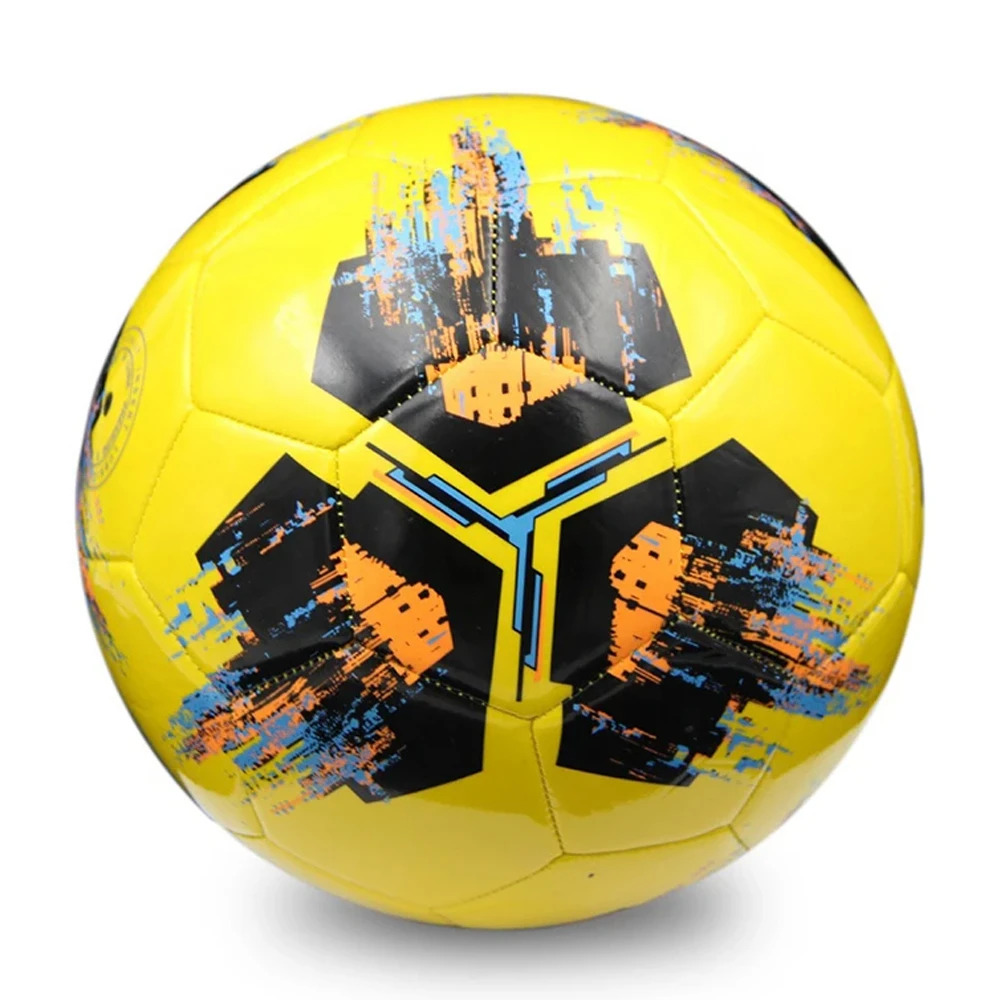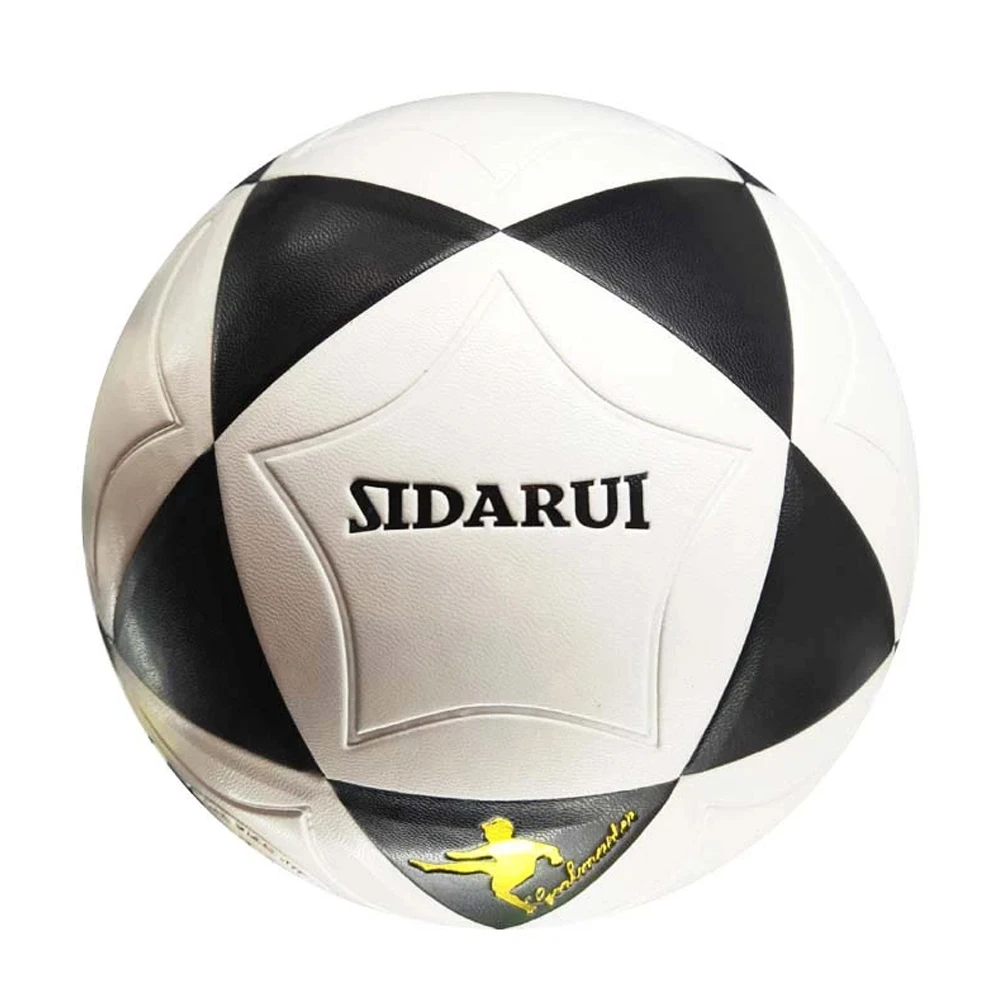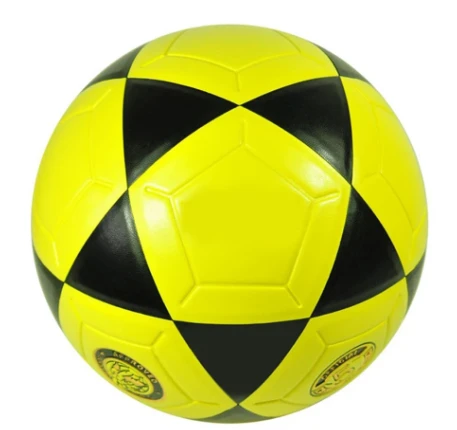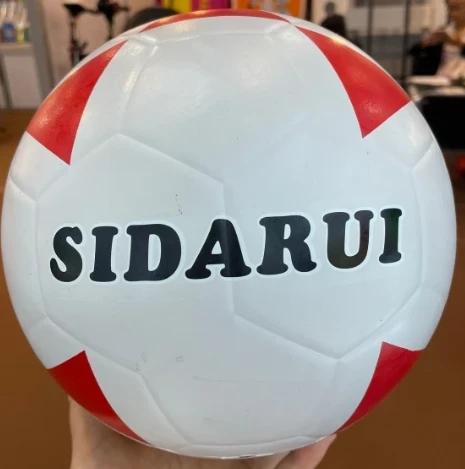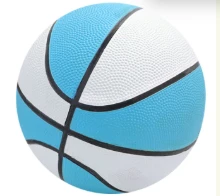Jul . 05, 2025 04:08
- Introduction: Overview of all types of volleyball
and its diverse forms - Market Growth: Current data and trends in volleyball and football
- Technological Innovation in Volleyball Equipment
- Comparison Table: Leading Manufacturers in Volleyball and Football Gear
- Custom Solutions for Volleyball and Football Organizations
- Application Cases: Real-world Implementations and Success Stories
- Conclusion: Why all types of volleyball gear drive athletic excellence
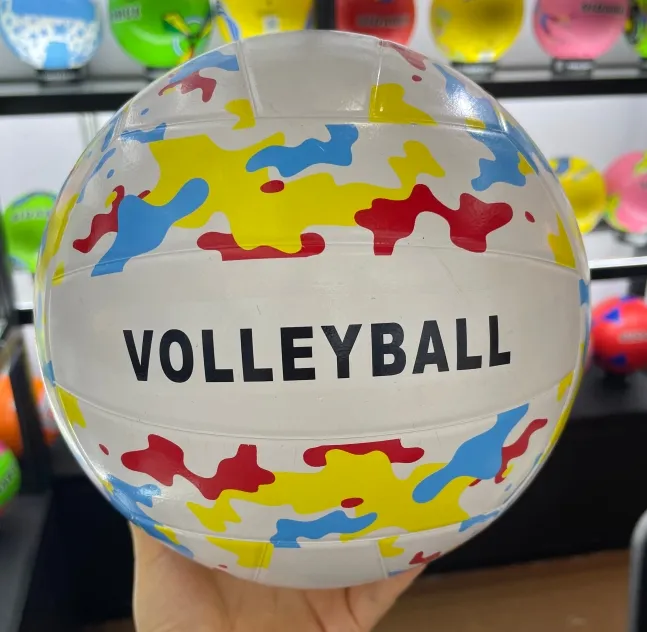
(all types of volleyball)
Introduction to all types of volleyball and Related Sports
Volleyball, as a sport, has developed into a complex landscape comprising multiple variations and disciplines across the world. Ranging from traditional indoor volleyball to beach volleyball, sitting volleyball, and even aquatic versions, all types of volleyball offer unique playing conditions, equipment specifications, and skill requirements. This diversity makes the sport accessible to various populations and adaptable to myriad environments. Closely associated are related fields such as all types of football and all kinds of football, which similarly exhibit rich diversity in rules, formats, and gear. The global sports market recognizes the intersectionality between these disciplines, attracting investments and stimulating continuous product innovation to suit each unique version. The following sections break down the market, technology, and real-world applications underpinning this ever-evolving sector.
Market Growth: Data & Trends in Volleyball and Football
The global sports equipment market has shown robust growth, particularly influenced by the rising popularity of volleyball and football in recreational, school, collegiate, and professional settings. According to Fortune Business Insights, the global sports equipment market was valued at USD 340.6 billion in 2022, projected to reach approximately USD 577.2 billion by 2030, growing at a CAGR of 6.4%. Volleyball accounts for a significant portion of this sector, with approximately 998 million global participants as reported by the International Volleyball Federation (FIVB). The market for all types of football is even broader, with FIFA citing over 265 million active players globally.
In terms of tiered popularity and participation, indoor volleyball remains the most widely played form, followed by beach volleyball, sitting volleyball (notably part of the Paralympic program), and emerging formats like snow volleyball. Simultaneously, all types of football—association (soccer), American, rugby, and futsal—have sparked regional product innovations to meet regulatory variations and environmental challenges.
Investment in specialized gear and facilities continues to rise. For example, high school volleyball programs in the US saw a 4.5% growth in participation from 2010 to 2022, while football programs maintained steady expansion through club and grassroot levels. Manufacturers and service providers focusing on customization and supportive inclusivity have witnessed double-digit growth within niche markets, especially for youth and adaptive sports gear.
Technological Innovation in Volleyball Equipment
Equipment tailored for all types of volleyball has integrated multiple advanced technologies to enhance player performance and safety. Official volleyballs used in indoor and beach volleyball, for instance, employ micro-ventilated synthetic leather for consistent grip and flight, as well as high-precision bladder systems for balanced rebound. For sitting volleyball and adaptive versions, balls are designed to be lighter and offer lower bounce to match the game's pace, meeting International Paralympic Committee's mandates.
Protective gear such as knee pads, sleeves, and orthotic supports have adopted moisture-wicking materials and impact-distributing cushions, reducing injury rates by up to 38% compared to older models. Digital tracking, embedded via smart sensors in volleyballs or wearables, allows performance analytics inaccessible a decade ago. These innovations parallel trends in all types of football, where helmet technologies, smart insoles, and performance uniforms set benchmarks for athlete health and competitive edge. Advanced training aids—ball machines, reaction lights, and immersive simulation—are now indispensable across all levels.
The convergence of ecological consciousness has also driven material innovation, with over 60% of leading volleyball and football manufacturers now incorporating recycled or sustainable components into their product lines. This reduces carbon footprint while aligning with international environmental standards.
Comparison Table: Leading Manufacturers in Volleyball and Football Gear
The global sports gear sector is characterized by a blend of long-standing brands and agile newcomers. Top manufacturers are evaluated by product range, technological integration, market coverage, and compliance with global sport federations.
| Manufacturer | Main Sport Focus | Annual Revenue (USD bn) | Technology Highlights | Sustainability Initiatives | Regulatory Compliance |
|---|---|---|---|---|---|
| Mikasa | All types of volleyball, beach volleyball, indoor | 1.52 | MicroCell™, Aero-Dynamic Panels, SmartTrack Sensors | Eco-leather, recycling program | FIVB, NFHS |
| Molten | Volleyball, all kinds of football, basketball | 1.04 | Dual-Panel Lamination, Cushion Core Technology | Water-based adhesives, low-impact dyes | FIVB, FIFA, NCAA |
| Wilson | All types of football, volleyball | 0.95 | Smart Seamless Bladder, Advanced Cushion Foam | Green plant initiatives | NCAA, FIFA |
| Adidas | All kinds of football, volleyball, multisport | 23.10 | Precision Skin Outer, Smart Ball Technology | Parley Recycled Plastics | FIFA, FIVB |
| Decathlon | Volleyball, football, general sports | 13.70 | AdaptFit Technology, ElasticWeave Fabrics | Global eco-design policy | NFHS, FIFA |
As shown, diversity among manufacturers ensures that specific requirements for all types of volleyball and all types of football are addressed. Product development cycles are shortening, with lead times for new equipment reduced by as much as 30% over the past five years.
Custom Solutions for Volleyball and Football Organizations
The ability to tailor equipment and strategies for organizations is increasingly valued within professional and amateur sports communities. This applies equally to all types of volleyball and all kinds of football. Custom volleyball solutions may include personalized team balls, uniforms with team insignia, and court surface materials that match environmental needs—such as anti-slip indoor courts or weather-resistant outdoor sand systems. Custom football gear expands similarly, offering unique jersey patterns, breathable performance footwear, and modular goalpost systems suitable for various field conditions.
At the club and league level, branded training equipment with embedded smart technology can be calibrated for age group, skill level, or rehabilitation purposes. Furthermore, customization carries into analytics platforms, used to monitor workload, prevent injuries, and recommend optimal lineups across seasons. In international tournaments, compliance with respective federations (FIVB for volleyball, FIFA for football) is meticulously managed, with customization packages often including regulatory certification to streamline approval for play.
For grassroots or community organizations, vendors offer scalable packages, allowing upgradability as participation grows or regulations evolve. This dynamic model not only boosts operational efficiency but also ensures inclusivity, extending opportunities to play for adaptive athletes and underrepresented groups.
Application Cases: Implementing Innovative Gear and Strategies
The impact of advanced volleyball and football equipment is perhaps best illustrated through notable case studies. The Japanese women’s national volleyball team partnered with Mikasa during the 2020 Tokyo Olympics to employ smart-tracking volleyballs. Data collected during matches improved serve accuracy and defensive coverage by 17%, translating into a record-high set win percentage.
Similarly, the integration of Adidas Precision Skin balls during the UEFA Champions League in 2023 enabled teams to analyze real-time projectile data via embedded NFC chips. Coaches were able to evaluate ball speed, spin, and strike angles, optimizing their set-piece strategies.
Community football clubs in Brazil, using Molten’s durable low-cost footballs, reported a 32% decrease in equipment replacement rate compared to previous suppliers. Additionally, US-based adaptive volleyball leagues utilizing Decathlon’s modular gear experienced a 44% boost in player participation within two years, highlighting the role of accessible, inclusive equipment in growing sports.
Conclusion: all types of volleyball Gear as a Catalyst for Athletic Excellence
The evolution of all types of volleyball, combined with the innovations seen in all types of football, underscores a powerful narrative of adaptation, inclusion, and performance progression. As demonstrated, the strategic application of technology, rigorous manufacturer competition, customized solutions, and tangible on-field results continue to redefine standards in sports participation and achievement. Organizations, schools, and communities worldwide now have unprecedented access to optimized gear addressing both mainstream and niche needs, making excellence within all kinds of football and volleyball a universal possibility.

(all types of volleyball)




